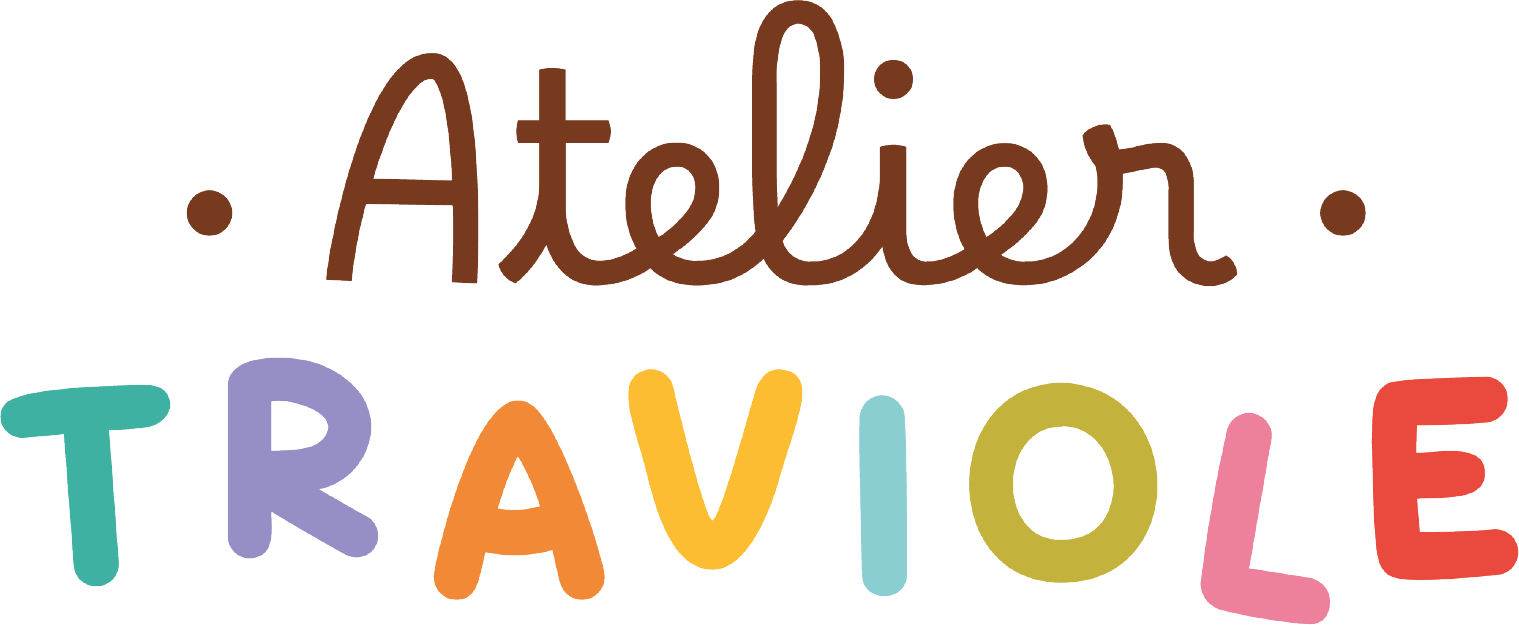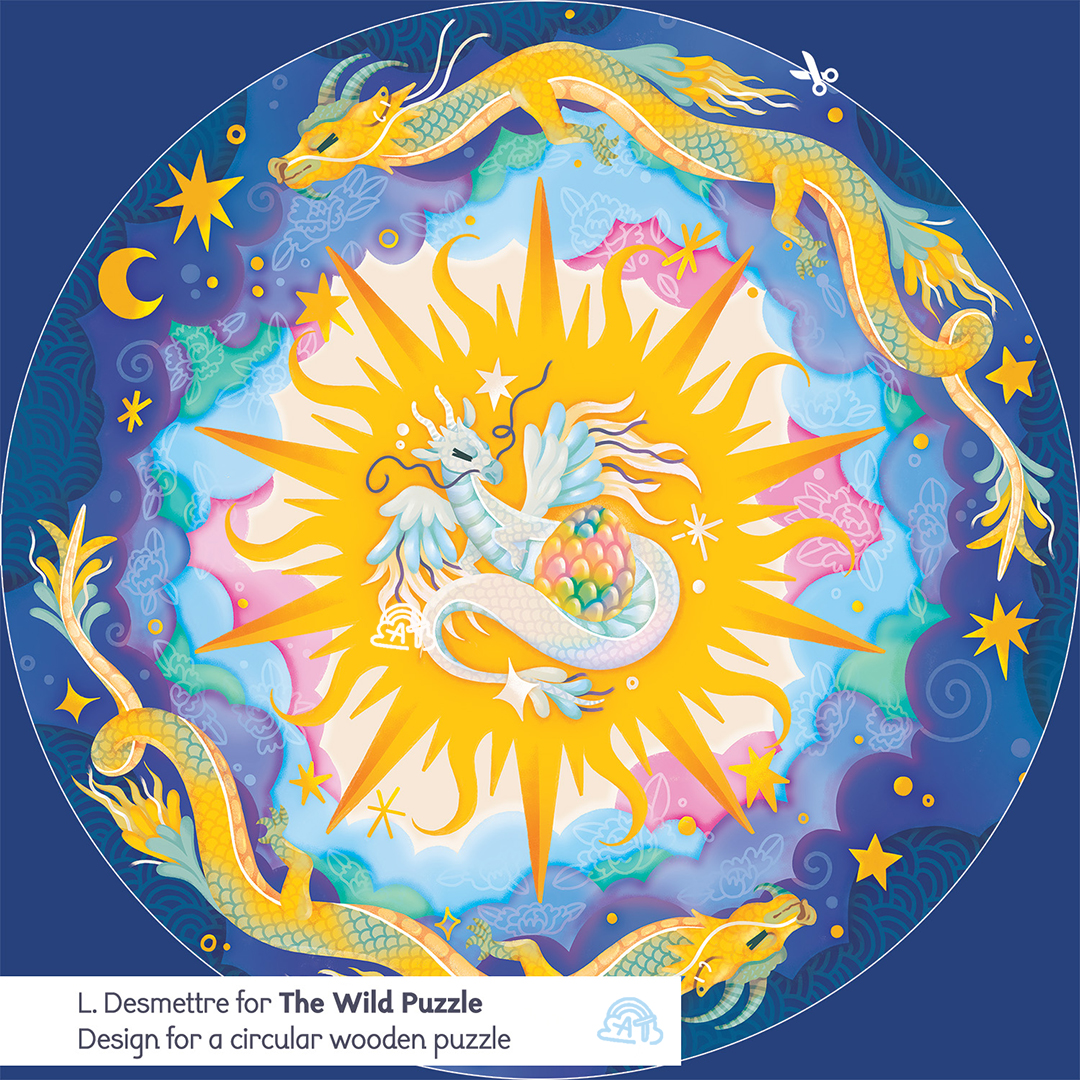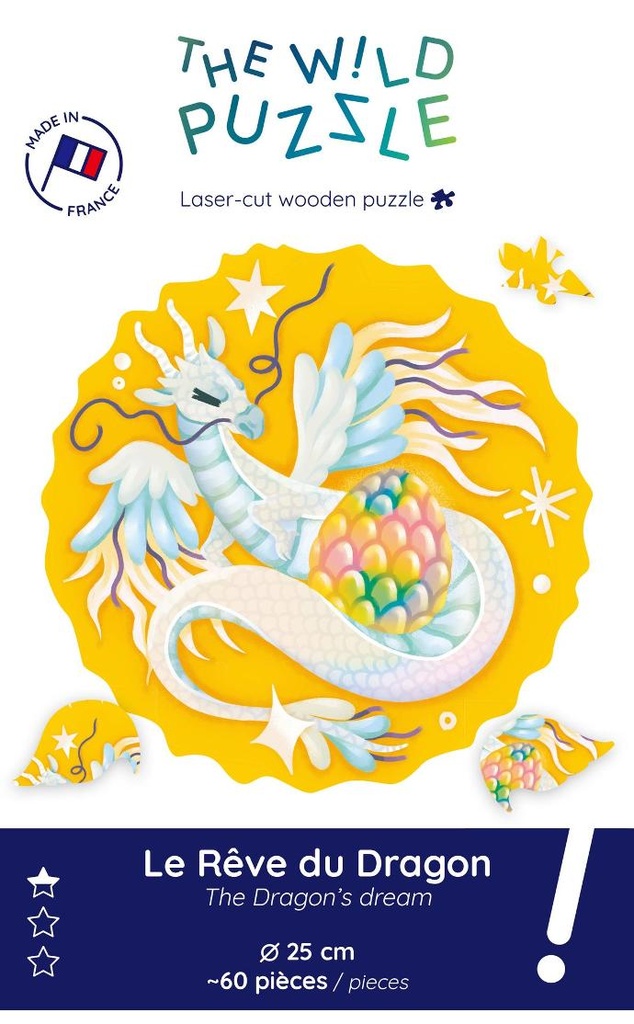Do you have a project in mind but not the time or the confidence to illustrate it yourself?
Would you like to know more about the process of commissioning an illustrator?
Do you want to discover the creation of this particular puzzle?**
Then you should like this article!
I decided to describe in detail what to expect as an art sponsor. Of course, I can’t deny that this article is biased, both by my current practices (I can’t promise that this way of working will still be the case in many years) and by the choice of example (each project has its own constraints and characteristics, so my process for a children’s album is quite different for example). Nevertheless, I will try to be exhaustive in what I say, so expect a long read 😉
Put yourself in the position of a potential client: someone who is looking to have a project they care about illustrated.
The stages of the collaboration
- BEFORE 💬 Establish the basis of the professional exchange
- SKETCH 🌸 Blossom through the creative constraints
- FINALISATION 🎨 Clean up and colour
- AFTER 🌟 Close the project but not the discussion

Photo by Léna Desmettre (2022) of the whimsies (the uniquely shaped pieces) of the Dance of the Dragons puzzle by The Wild Puzzle
BEFORE 💬 Establish the basis of the professional exchange
First of all, it is important that you have a concrete idea of the feel of this project, an idea of the style you want to give it, so that you can then look at the artists who fit into this aesthetic. Is it minimalist? Traditional or digital? With or without contours ?
During the introduction, make sure you take the time to introduce yourself and the framework around this commission. This is the seduction stage: you need to talk about the themes of your illustration, whether it will be commercialised or not, its format and the key dates of the project. On the other hand, as artists, we make sure that these requests correspond to our interests, our technical skills, our preferences and our availability.
Since Jojo, a designer at his company Bleu Renard Studio, introduced me to online questionnaires with the Tally web tool, I love to make the creative brief more interactive, with emails but also quizzes. I often ask:
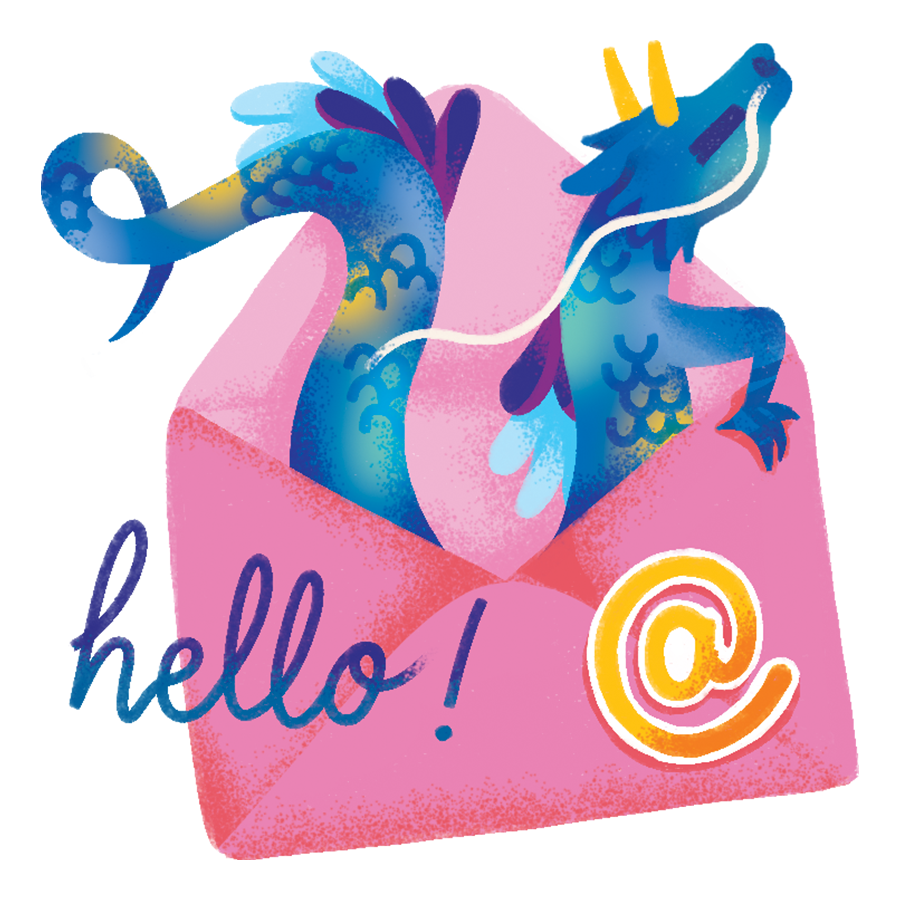
- Who is the target and how should this target feel when they see the illustration?
- What do you want to see or avoid in this illustration?
- What are the technical specifications of this illustration? (printing or not, resolution, file type, size, limited or no colours and details specific to the final use)
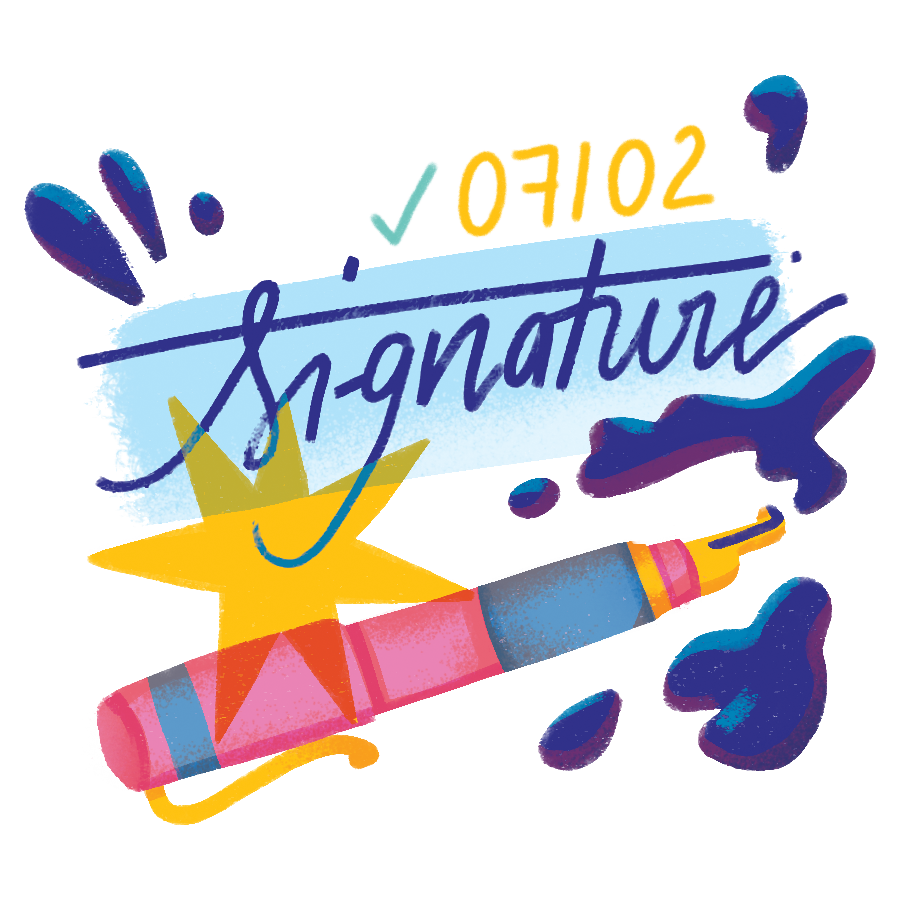
On this basis we start the negotiation of the contract. We then discuss the remuneration for this project and the extent of the cession of rights. In France, when someone commissions a piece in a commercial perspective, they are not directly buying an illustration that they can change as they wish, but they are “renting” the use of it.
Each year, the [ADAGP] (https://www.adagp.fr/) provides a indicative scale of rates for the transfer of rights according to the type of work and medium. (See the ADAGP scale, Paris 2022).
SKETCH 🌸 Blossom through creative constraints
Once the demands are clear, the contract is signed by both parties and the deposit is paid (if there is a deposit), the artist begins an “artistic watch” to take a grasp on the project and prepare for the realization.
Personally, what I like to do at this stage is :
- Look for trends, codes and what could make my illustration original.
- Look at the illustrations in the client’s catalogue, to make sure I’m following the editorial line.
- Draw some elements in my style to insert them in my “iconographic dictionary”.
- Build mood-boards and/or mindmaps to identify the atmosphere I want to give to the illustration.

The 3 propositions I showed in my report to Pan Wang for her wooden circle puzzle project, at the sketching stage.
I draw miniatures or thumbnails, to test different compositions on a very small scale. Then I can choose from these iterations which concepts I like best. Sometimes, like this one, I may take the opportunity to do some quick colour tests if I find that the sketches alone need further work.
FINALISATION 🎨 Clean up and colour

Before we actually draw anything, we need to make sure that the design works at actual size, especially if it is going to be printed. This is very important to confirm the readability of details like typography or line drawings. Therefore, I like to sketch or print the design at true size, I did the same for the cover of the first book I illustrated.
AFTER 🌟 Close the project but not the discussion
The client, Pan Wang, has been keeping me up to date with her initiatives since the illustration was completed. She updated her website, and participated in designer markets. And a few months later, I was able to receive my copies of the two puzzles from the illustration. It was very satisfying to see what she did with them. I felt like it was a four-handed creation, she did a fantastic job on the cutting part of the puzzle! Each piece is unique, and some are quite impressive because they represent specific objects. Special mention for the huge dragon on the outer circle!

Photo by Léna Desmettre (2022) of the Dance of the Dragons puzzle, from The Wild Puzzle, accompanied by my Bullet Journal.
The Danse of the dragons
Huge 100% wooden puzzle, made in France and packed with recyclable materials.
This colossal puzzle may seem very impressive when you open the box and are surprised by a burlap bag full of colours and stars.
A little tip from the illustrator: complete it circle by circle to make it (a little) simpler: first the centre, the sunbeams, and finally the dragons in the night. Or go straight for it if you’re feeling brave!
The dragons dream
Want a simpler puzzle with the same features as its big brother? This version is a good introduction to the wooden handcrafted puzzle with 60 pieces!
This puzzle depicts a sweet and gentle moment between a dragon and its egg… I loved assembling the multicoloured egg in the centre, this is clearly the simplest part, so a good start to getting into this model. Once the puzzle was complete, I was pleasantly surprised to see a dragon hidden in the cut out pieces! Can you find it out? 😉
Links to continue reading…
Do you enjoy reading about the creative process? Maybe you’d be interested in my first illustrated book: Process: The Marshmallow Factory
Links to explore…
The Wild Puzzle Shop to browse the rest of Pan’s wooden puzzle catalogue (FR)
The Subreddit r/jigsawpuzzles English-speaking community of enthusiasts on Reddit where I met Pan last year
